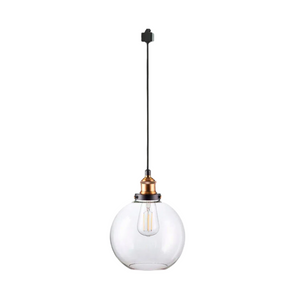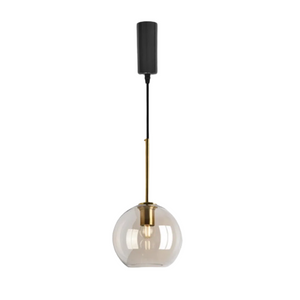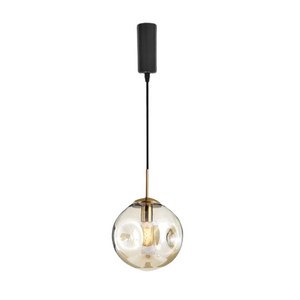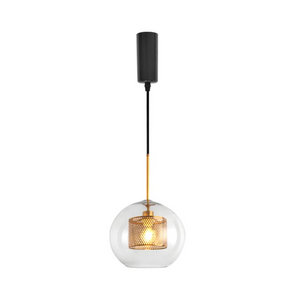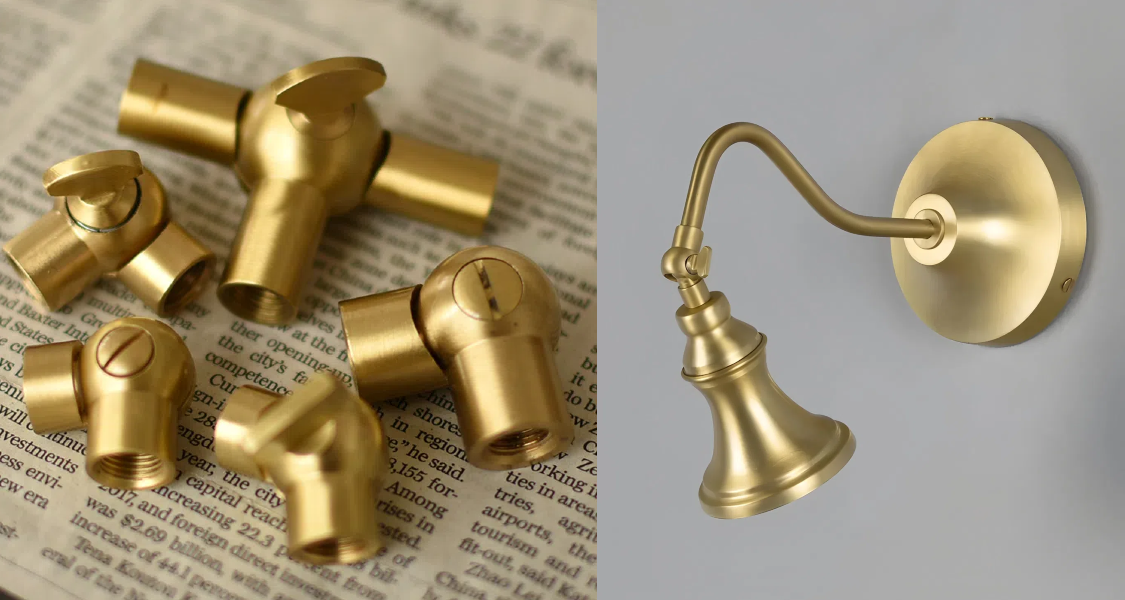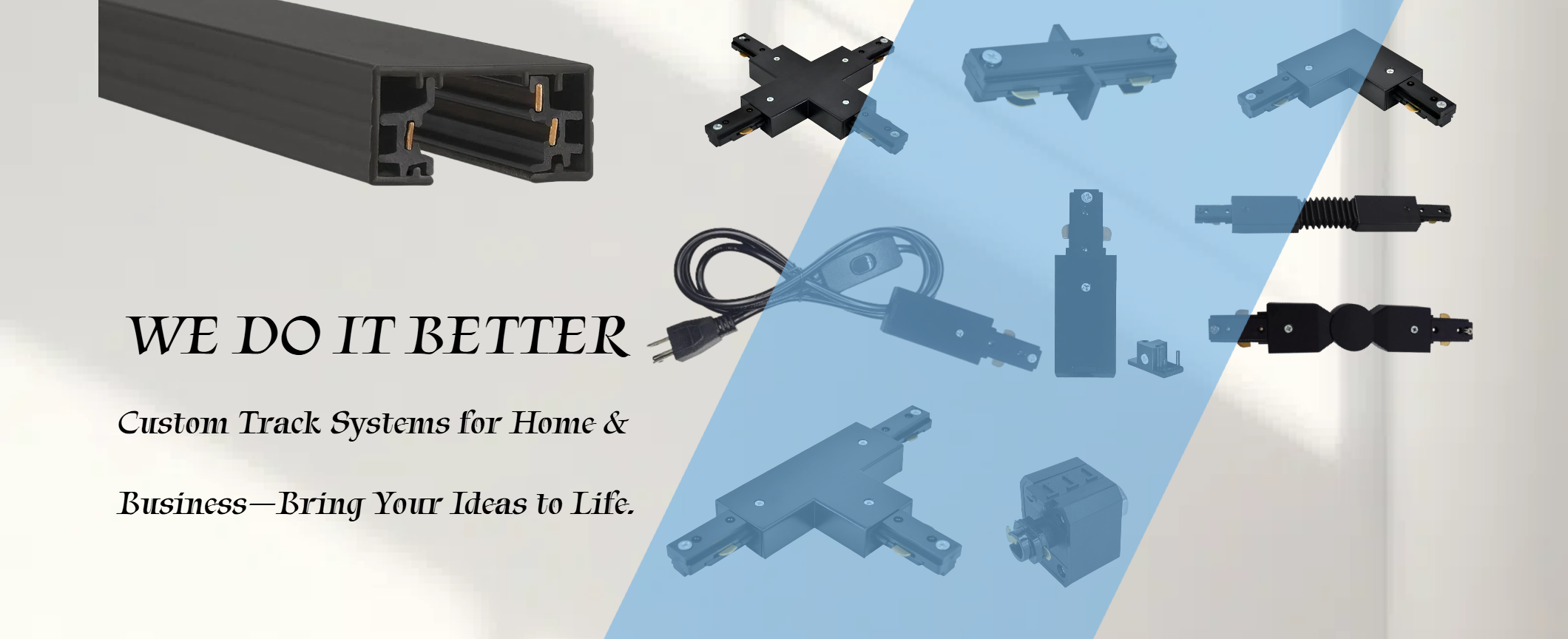Confused about whether to buy a 9-watt LED or look for specific lumen numbers? Most people get stuck on the lumens vs watts difference because we grew up thinking watts meant brightness. The reality is that light brightness measurement changed completely when LEDs hit the market - now watts only tell you energy consumption, not how bright your room will be.
What Are Lumens? How We Actually Measure Brightness

How Lumens Work
Lumens measure the total amount of visible light a bulb produces. Higher lumen numbers mean brighter light output. One lumen represents a specific measurement of light intensity, but the practical rule is simple: more lumens equal more brightness in your room.
Lumen ratings stay consistent across all bulb types. Whether you buy LED, fluorescent, or halogen bulbs, 800 lumens will always produce the same brightness level.
How Many Lumens You Actually Need
Accent lighting in a bedroom is effective at 200-400 lumens for a soft, warm lighting effect. Living rooms generally require 1,500-3,000 lumens in aggregate, which you can accomplish in a single large fixture or several low-wattage lights positioned around a room.
Application sites call for higher lumen outputs for greater lighting visibility. Kitchen countertops need 700-1,300 lumens per fixture for food preparation. Home office environments require 2,000-4,000 lumens in reduced eye-strain applications for use at computer stations. Outdoor security lighting uses 1,000-4,000 lumens for effective lighting over wide spaces.
What Are Watts? Why Energy Use Isn't Brightness

Watts Only Show Power Consumption
Watts are a measure of electric power use, not luminous intensity. When you glance at a 10-watt rating, you'll know how much power this bulb is using per hour. How luminous it is is based upon how efficient a bulb is at converting electrical power into visible light instead of heat.
Two bulbs that are equivalent in watts can be significantly different in their level of luminosity. A 10-watt LED is commonly 800 lumens, while a 10-watt incandescent is about 80 lumens.
How LEDs Changed Everything
Incandescent bulbs made watts a useful brightness indicator because they all had similar efficiency levels. Most people learned that 60 watts produced around 800 lumens and 100 watts delivered approximately 1,600 lumens, creating predictable shopping patterns.
LED technology completely changed this relationship by dramatically improving energy efficiency. Modern LEDs produce the same 800 lumens as traditional 60-watt incandescent bulbs while consuming only 8-12 watts of electricity.
Lumens vs Watts Difference: Why Modern Lighting Changed Everything
LED bulbs completely changed how we should shop for lights. For years, people bought bulbs based on watts because it worked: 60 watts meant a certain brightness level.
Traditional Watt-Based Lighting Assumptions

Back in the day, watts actually told you how bright a bulb would be. Everyone knew the drill: 40 watts for soft lighting, 60 watts for normal rooms, and 100 watts when you needed things really bright. This worked perfectly because all incandescent bulbs had similar efficiency - they all converted electricity to light at about the same rate.
How LED Technology Disrupted the Watts = Brightness Rule
| Comparison Factor | Watts (Energy Focus) | Lumens (Light Focus) |
| What it measures | Electrical power consumption | Actual light output |
| Reliability for brightness | Inconsistent across bulb types | Consistent across all technologies |
| Shopping accuracy | Misleading with modern LEDs | Precise brightness prediction |
| Energy efficiency insight | Shows power draw only | Reveals efficiency when paired with watts |
| Future-proof method | Outdated approach | Standard measurement for all lighting |
| Cost consideration | Indicates electricity usage | Shows value through brightness delivery |
LEDs broke all the old rules because they're incredibly efficient. An LED bulb can pump out 800 lumens using just 8-12 watts, while an old incandescent needed 60 watts for the same brightness.
Here's a perfect example: you might find a 10-watt LED producing 850 lumens sitting next to a 10-watt halogen bulb that only delivers 200 lumens - identical wattage but completely different brightness levels, making watts pretty useless for predicting how bright your room will be.
Lumens beat watts hands down for picking the right brightness, while watts still win for calculating your electric bill.
Luminous Efficacy: The Key to Energy-Efficient Lighting
Luminous efficacy is basically how good a bulb is at turning electricity into light instead of wasting it as heat. This number tells you exactly how much brightness you get for every watt of power you pay for. Higher efficacy means more light for less money on your electric bill, making it the most important factor for choosing energy efficient lighting.
Simple Math: How to Calculate Lumens per Watt
The luminous efficacy calculation couldn't be easier - just divide lumens by watts. If you have an LED bulb that produces 800 lumens and uses 10 watts, your efficacy is 80 lumens per watt (800 ÷ 10 = 80). The higher this number, the more efficient your bulb.
Most people skip this calculation and just look for the efficacy rating printed on the box. Good LED bulbs typically show 80-120 lumens per watt, while cheap ones might only hit 60-70. When you're comparing two similar bulbs, the one with higher lumens per watt will always cost less to run.
How Different Bulb Types Stack Up
Here's how various lighting technologies compare in terms of efficacy:
| Bulb Type | Typical Efficacy (Lumens per Watt) | Best Use Cases |
| Incandescent | 10-17 | Being phased out |
| Halogen | 16-24 | Specialty applications only |
| CFL | 50-70 | Older energy-saving option |
| Standard LED | 80-100 | Most home lighting |
| High-efficiency LED | 100-130+ | Premium choice for maximum savings |
LEDs clearly dominate the efficiency game, delivering 5-10 times more light per watt than traditional incandescent bulbs. Even basic LEDs outperform CFLs while lasting much longer and turning on instantly.
Why Some Lights Work Better Than Others
Several items contribute to how effective a light bulb is at converting electricity into illumination. How you engineer a component directly influences how lumens per watt you end up receiving out of a product.
- Heat management: LEDs that are cooler in operation lose less power as heat, and a greater proportion of electricity is converted to visible light, with effective heat sinks raising efficacy ratings significantly
- Chip quality: Higher quality chips consist of superior materials and precise manufacturing in an attempt to produce more lumens per watt, while economy chips are subject to overheating and wasting power
- Driver circuit efficiency: Efficient electronic drivers guide power flow more effectively, minimizing wastage while maintaining steady light output for the entire life of a bulb
- Manufacturing standards: Cheap LEDs forgo standard materials, which produce excessive heat, whereas high-dollar brands use high-caliber materials and construction in a bid for 100 lumens per watt or higher efficacy ratings
How to Choose LED Lights by Lumens: A Practical Buying Guide
Picking the right LED bulbs doesn't have to be complicated once you know how to read lumen ratings properly. Most people get overwhelmed by all the numbers on lighting packages, but focusing on lumens first makes everything clearer.
Room-by-Room Lumen Requirements
Each room in your house needs different amounts of light to work properly. Here's a quick reference chart for planning your lighting:
| Room Type | Total Lumens Needed | Best Lighting Setup |
| Bedroom | 1,000-2,000 | Multiple soft fixtures for relaxation |
| Living Room | 2,500-4,000 | Overhead plus accent lighting |
| Kitchen | 4,000-6,000 | Overhead plus under-cabinet task lights |
| Bathroom | 2,000-3,000 | Vanity and mirror lighting |
| Home Office | 3,000-6,000 | Bright task lighting to prevent eye strain |
| Dining Room | 2,000-4,000 | Adjustable overhead fixture |
| Hallways | 500-1,000 | Safety lighting for navigation |
Converting Your Old Watt Habits to Lumens
If you're used to buying bulbs by wattage, here are the lumen equivalents for common incandescent bulbs:
- 25-watt incandescent = 200-300 lumens (accent lighting)
- 40-watt incandescent = 400-500 lumens (soft room lighting)
- 60-watt incandescent = 700-800 lumens (standard room lighting)
- 75-watt incandescent = 900-1,100 lumens (bright room lighting)
- 100-watt incandescent = 1,400-1,700 lumens (very bright lighting)
Remember that LED bulbs producing these same lumen amounts will use only 15-20% of the original wattage. So if you always bought 60-watt bulbs before, look for LEDs with 700-800 lumens that use just 8-12 watts.
What to Look for on Light Packaging
- Find the lumen rating first: That big number is real brightness and should be called out front-and-center on good package labels. You'd read in large print something like "800 lumens," for example, which is as bright as an ancient 60-watt bulb.
- Verify the level of efficacy: Find "lumens per watt" on the package somewhere; effective LEDs indicate not less than 80 lumens per watt for satisfactory efficiency. A good bulb may indicate "100 lumens per watt" or "100 lm/W" for superior efficiency.
- Note the wattage for spending estimations: That low number is for estimating electricity expenditure month by month, but it is not your brightness level indicator. That same 800-lumen LED would most likely show you "9W" or "9 watts" for its power consumption.
- Compare lumens per dollar spent: Divide total lumens by cost for maximum value in bulbs in a class. At an 800-lumen bulb for $8, you are getting 100 lumens per dollar spent; at a $12 1200-lumen bulb, you are also getting 100 lumens per dollar.
- Do not package bulbs that hide key information: Do not package any bulbs whose visible luminous ratings or efficacy values are not obvious, since such bulbs are typically lower in quality. Red flags are bulbs that indicate only "60W equivalent" without luminous values or efficacy values altogether.
Want Brighter Lights and Lower Bills? Here's How
Smart lighting choices can cut your electricity bills dramatically while giving you better brightness than ever before. The secret is understanding how lumens per watt translate into real dollar savings over time. When you pick high-efficacy LEDs, you're essentially getting more light for less money every month your bulbs stay on.
How Much Money You'll Actually Save
Here's how different bulb types stack up financially when producing the same 800 lumens of brightness:
| Bulb Type | Watts Used | Annual Energy Cost* | 10-Year Total Cost** |
| 60W Incandescent | 60W | $26.28 | $282.80 |
| 13W CFL | 13W | $5.69 | $105.90 |
| 9W Standard LED | 9W | $3.94 | $83.40 |
| 7W High-Efficacy LED | 7W | $3.07 | $75.70 |
*Based on 3 hours of daily use at $0.12/kWh. Includes bulb replacement costs.
The math is straightforward: a high-efficacy LED producing 800 lumens costs about $3 per year to run, while an old incandescent burns through $26 annually for identical brightness. Over 10 years, switching to LEDs saves over $200 per bulb location just in electricity costs.
For a typical home with 20 light fixtures, upgrading from incandescent to high-efficacy LEDs saves roughly $4,000 over a decade while providing the same lighting quality.
How to Pick the Most Efficient LED Bulbs

- 100+ lumens per watt for new purchases: At this level of efficiency, you can be assured you're getting the latest LED technology, which uses minimum energy for maximum lumens in output.
- Choose LEDs with efficient heat dissipation: Choose bulbs with noticeable heat sinks or anodized aluminum housings, which are efficient at heat dissipation, keeping them effective for a longer duration.
- Consider dimmer-compatible LEDs for variable lighting: These are still very effective at a variety of lighting intensities, so you can further reduce energy consumption when you don't need maximum lighting.
- Change bulbs with maximum use first: Start with bulbs in use 4+ hours per day, like living room and kitchen lighting, where efficiency improvement creates maximum economic impacts.
- Do not purchase based on bottom-of-the-line upfront price only: A $3 LED with 60 lumens per watt is more expensive in the long term than a $8 LED with 110 lumens per watt because it consumes more electricity.
Pick LED Lights That Won't Let You Down
Lumens tell you how bright your room will be, while watts just show what you'll pay in electricity. Once you get this, shopping for energy efficient lighting becomes super easy and way more rewarding. Focus on getting plenty of lumens at 100+ lumens per watt, and you'll end up with amazing lighting that costs practically nothing to run. Time to ditch those old bulbs and start enjoying the perfect combo of bright lights and low bills.
Lumens vs Watts FAQ
Q1: How many lumens equal a 60-watt bulb?
A traditional 60-watt incandescent bulb produces about 800 lumens of light. When shopping for LED replacements, look for bulbs labeled "800 lumens" to get the same brightness level. These LED bulbs will typically use only 8-12 watts of electricity while delivering identical light output, saving you about 85% on energy costs compared to the original incandescent.
Q2: What's the difference between luminous efficacy and efficiency?
Luminous efficacy specifically measures how much visible light you get per watt of electricity: Luminous Efficacy = Lumens ÷ Watts. Efficiency is a broader term referring to overall energy performance. For LED shopping, luminous efficacy is the key number - higher values mean more brightness for less electricity. Good LEDs deliver 80-120 lumens per watt, while premium models exceed 130 lumens per watt.
Q3: How do I calculate lumens per watt?
Use this simple formula: Lumens per Watt = Total Lumens ÷ Watts Consumed. For example, if an LED bulb produces 1,000 lumens and uses 10 watts: 1,000 ÷ 10 = 100 lumens per watt. This number tells you exactly how efficient your bulb is. The higher the result, the more light you get for each dollar spent on electricity.
